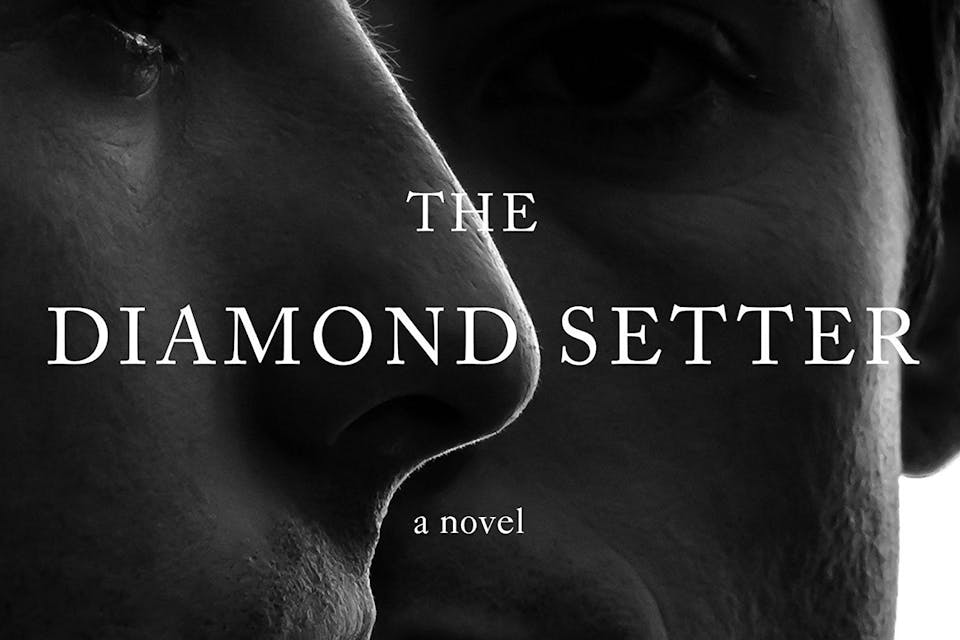
June 21, 2018
My Funny Levantines
Two new novels offer angles of vision into Jewish experience in the pre- or non-Israeli parts of the modern Middle East.
Two novels of notable interest by Israeli authors of Middle Eastern descent have recently become available to English-language readers. The better-known author is Orly Castel-Bloom, whose An Egyptian Novel won Israel’s top fiction prize in 2015; it was published last year in a translation by Todd Hasak-Lowy. More recently, Moshe Sakal’s The Diamond Setter, ably rendered by Jessica Cohen, became the first of this novelist’s books to appear in English.
Castel-Bloom’s parents immigrated to Israel from Cairo; Sakal’s grandparents came from Cairo and Damascus. Their novels, apart from their qualities as works of fiction, provide an opportunity to consider two very different sets of attitudes toward the large, fascinating, and still imperfectly understood topic of Jewish experience in the pre- or non-Israeli parts of the modern Middle East.
Until the middle of the 20th century, more than a million Jews lived in North Africa and the Middle East, in communities distinguished both by their ancient roots and by the variety of their modern forms. Before the mid-1950s there were 80,000 Jews in Egypt; in Iraq, Jews constituted more than a third of the population of Baghdad. This was Jewish territory, geographical and cultural, upon which the Holocaust impinged only indirectly but that was instead acutely affected by the Islamic world’s ambivalent (not to say tortuous) encounter with Western modernity. In that encounter, the educational, occupational, and political habits of the Jewish middle class were shaped as much by European influences as by Arab and Muslim ones.